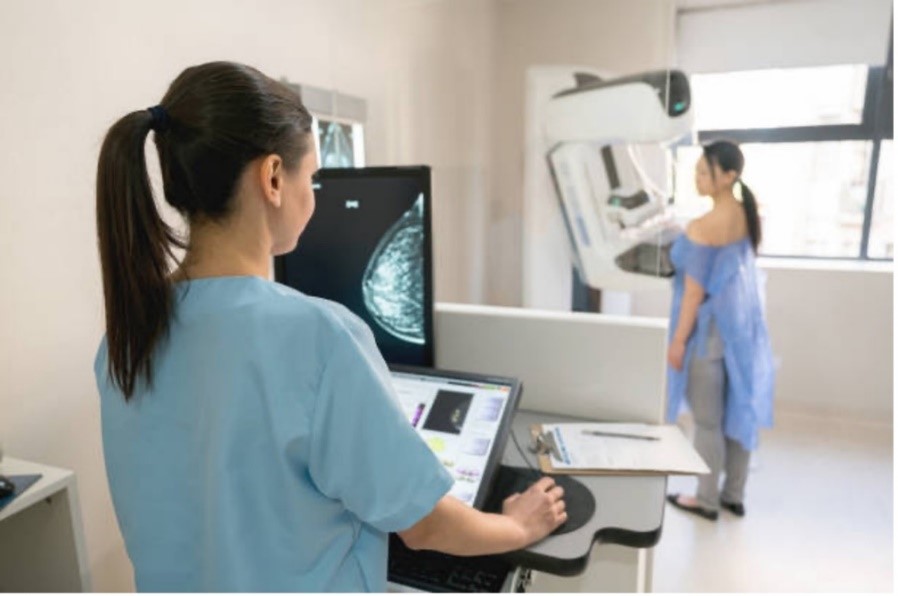AI-based risk stratified breast screening interval regimens would reduce costs and add health benefits
Research evaluating Artificial Intelligence (AI)-based risk-stratified screening interval regimens in comparison with the current United Kingdom National Breast Screening Programme shows that the yearly net monetary benefit of introducing the optimal regimen within the NHS would range from approximately £60.4 to £85.3 million.

The optimal regimen was a screening schedule of every 6 years for lowest-risk individuals, biannually and triennially for those below and above average risk, respectively, and annually for those at highest risk. The authors estimate that, even in scenarios where decision-makers hesitate to allocate additional NHS resources toward screening, implementing the proposed strategies at a quality-adjusted life-years (QALY) value of £1 would generate a yearly monetary benefit of approximately £10.6 million.
The study, by researchers from the Wolfson Institute of Population Health (QMUL) and the Universities of Sheffield and Nottingham, involved the development of a decision analytical model to estimate health-related quality of life, cancer survival rates, and costs over the lifetime of the female population eligible for screening. The analysis took a UK payer perspective, and the simulated cohort consisted of women aged 50-70 at screening. Incremental net monetary benefit was based on QALYs and NHS costs.
Results show that integrating risk-stratified screening with a breast cancer AI model into the UK National Breast Cancer Screening Programme is likely to be cost-effective, yielding added health benefits at reduced costs. Authors say that these results are particularly relevant for health care settings where resources are under pressure, and that research to prospectively evaluate AI-guided screening is now warranted.
This research was funded by Breast Cancer Now, Cancer Research UK, and the National Institute of Health Research (NIHR) Policy Research Programme.
Hill H, Roadevin C, Duffy S, Mandrik O, Brentnall A. Cost-Effectiveness of AI for Risk-Stratified Breast Cancer Screening. JAMA Netw Open. 2024;7(9):e2431715. doi:10.1001/jamanetworkopen.2024.31715